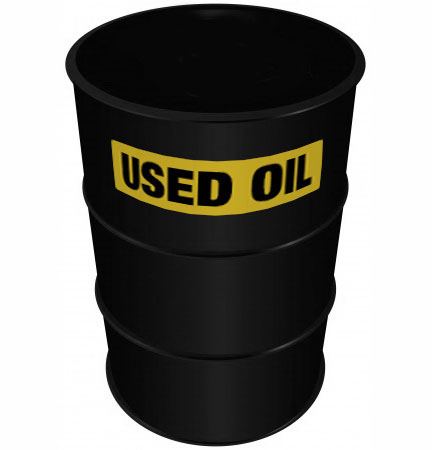In 2020, the EPA determined that 4 common parts-cleaning degreasing solvents pose “unreasonable risks” to workers. Not only, do they pose risks to workers, they also pose significant environmental risks. By 2022, there should be new rules and restrictions governing the use of solvents. This will have significant impacts on your surface finishing processes and your operations. We also do not know what the exact nature of the EPA’s decisions yet. It is crucial to take proactive steps to educate yourself about alternative cleaners and processes to mitigate worker and environmental risks.
What Solvents are the EPA Evaluating?
In 2016, the Frank R. Lautenberg Chemical Safety for the 21st Century Act became law with broad support from Congress. The law, referred to as “Lautenberg”, amends the Toxic Substances Control Act (TSCA). TSCA focused primarily on environmental impacts of chemicals and solvents, Lautenberg expanded the TSCA’s scope to include worker exposure: previously, worker exposure was solely under the jurisdiction of OSHA. Lautenberg also ordered the EPA to conduct a new review of chemicals and solvents and their impacts on human health and the environment.
At the end of 2020, the EPA issues a final risk assessment on 10 high priority chemicals. 4 of the 10 chemicals include the following degreasing solvents:
- Methylene Chloride (MC)
- Trichlorethylene (TCE): In 2016 EPA placed an alert on TCE as a known carcinogen
- Perchloroethylene (PCE)
- N-propyl Bromide (nPB)
The EPA found “unreasonable risks” to workers for all 4 solvents used in vapor degreasing operations. Additionally, trans-1,2-dichloroethylene (trans-DCE) has not yet been evaluated, but will be in the next tier of priority chemicals.
What Happens after the EPA Final Assessment?
Now that the EPA has issued a final assessment, it must now propose a rule with 1 year and finalize the rule within 2 years (end of 2022). What will the new look like? We do not know and the rules will be unique to each solvent as each solvent will present varying levels of risk to workers and the environment. An outright ban of on all 4 solvents is possible, but highly unlikely. A more likely scenario is increasing restrictions on the systems and operations in which these solvents can be used.
Trends indicate that these solvents can and will be used in airless systems. Airless systems prevent aerosolized degreaser to escape and increase worker exposure to droplets. The EPA may also consider the risks to be excessive even in the use of an airless system for 1 or more of the solvents. In the case of nPB, the toxicity limits have been reduced, but the exposure levels can be controlled given the right system. Using aerosol cans may overexpose workers to unreasonable risks, but airless systems might limit exposure to toxicity levels within regulations. Other implementations such as better ventilation, training and PPE could also reduce exposure and help you maintain compliance.
On the other hand, it is possible, but unlikely, the EPA would allow the use of an open top degreaser in certain situations. Whatever the EPA proposes and implements, it is important to be proactive now to ensure a smooth transition to changing products and processes.
What Can You Do Now?
Being proactive will ensure a smooth transition to life under new guidelines. There are many options and alternatives that can replace open top vapor degreasing. Each option has its costs and benefits and it is up to you to decide what is best. Some options include:
- Implementing an airless system to limit exposure
- Switching to an environmental, health & safety (EHS) preferred product such as trans-DCE or a “designer solvent”
- Switching to a new vacuum degreaser using modified alcohol or hydrocarbon blends
- Using an aqueous cleaning process and alkaline cleaners
These solutions account for the incoming rules, but there are many performance and economic factors to consider. If you plan to switch to an aqueous or airless system, investment in equipment and facilities are necessary and those costs have to be considered. Aqueous cleaners also may not perform as well as solvents in certain instances. This is why the government recognizes the need for solvent cleaning and enacted laws to preserve this process until a better method is discovered.
If you are planning to switch to another solvent, it is important to make sure that is works with existing systems and the cost increases are not substantial. Designer solvents are modified to perform safely, but they are costly. Having an efficient system to use these solvents will save you money in the long run. Solvent manufacturers are aware of these changes, but it is important for you to be proactive and informed too. This testing will vary from job to job and being proactive will allow you to monitor performance and compatibility and select the best solvent.
How Twin Specialties Can Help You?
In addition to provide solvents, Twin Specialties has alternative solvent degreasers, degreaser cleaners, and alkaline cleaners. Our sister company, Gemini Disposal Services, can handle disposal and treatment of used solvents and waste water generated in aqueous cleaning. We are here to help you find manufacturing, cleaning, and disposal solutions. Contact us for more information.

